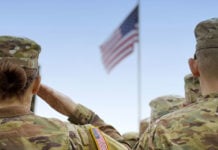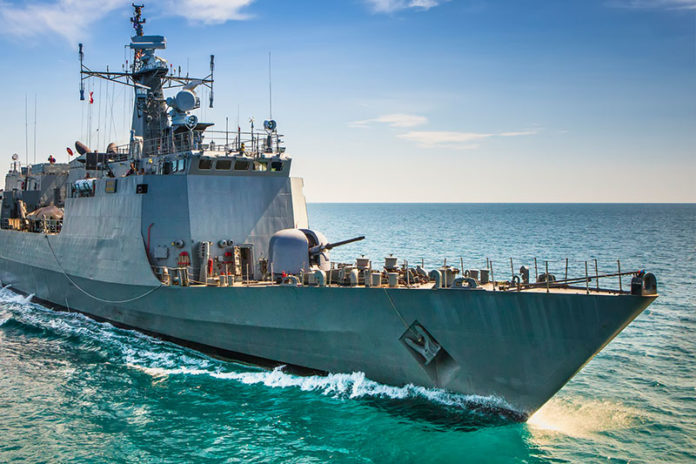The US Navy recently completed an internal review of the ship-handling skills of its junior officer. The review found that something like 85 percent of the officers surveyed struggled to act decisively when their ship was in danger of collision.
The Surface Warfare Officer School conducted the checks on a random selection of OOD-qualified first-tour division officers. These are the newest officers in the fleet.
The checks were carried out using bridge navigation simulators, and took place across the fleet between January and March. Of the 164 officers who took the test, on 27 passed it with “no concerns.” 108 had “some concerns” and 29 had “significant concerns.”
In other words, more people flunked the test than aced it. Not great.
The news that basic sailing skills are lacking in young US Navy officers should not be a surprise. Last year, 17 Navy personnel lost their lives after two separate collision incidents that were deemed totally preventable by investigators. Since those events, the Navy has begun to make an effort to clean up its act; this recent survey of junior officer seamanship skills was part of that.
The results of the survey showed that officers had a hard time operating radars and other navigational tools, that they had a hard time applying their training in low-visibility situations, and that those who found their ships in danger were often “ill-equipped to take immediate action to avoid collisions”.
The Navy’s top surface warfare officer, Vice Admiral Richard Brown, said in a message to the fleet that the results of the test should encourage the Navy to “tackle our deficiencies and ensure there is meaningful experience behind our qualification letters.”
Admiral Brown also ordered the Navy’s Navigation, Seamanship, and Shiphandling Trainer to design a number of “Extremis Extraction” scenarios for use in training simulators. These simulations would help junior officers to grow accustomed to the kind of high-stress scenarios that can cause “decision paralysis”.
The Navy also wants to add additional radar training courses for junior officers. They also want to add two weeks of Coast Guard certified radar training for all new officers of the deck, but that plan will be carried out over a longer term.
The 2017 crashes of the USS John S. McCain and the USS Fitzgerald came within weeks of each other. In both scenarios, Junior Officers on the bridge were unprepared for the stress of the situation and stalled in the face of danger when they needed to act decisively to avoid it.
In the USS John S. McCain case especially, confusion reigned among the Junior Officers who were handling the ship despite the fact that a commanding officer was present to issue orders.
The US Navy is investing heavily in the skills-development of its junior officers, with increased time at sea, improved sailing simulators and trainings, new assessments, and more emphasis on the crucial “bridge watch” skills that were so crucially lacking in the tragic crashes of 2017.
This is an important focus, and Admiral Brown believes that the increased trainings will yield improvements in skills. In closing his message to the fleet, Admiral Brown said “I have every confidence in our current generation of Junior Officers… We owe them the training and tools necessary to become expert Mariners. Together, we will get there.”
Aside from those proud, fatherly words of encouragement, Brown’s work to try to improve training programs is noteworthy. It’s also clearly a shame that it’s necessary at all.
In today’s world, it seems, the people in charge of sailing our million dollar warships across the world’s oceans are trained primarily in simulators. One wonders how much hands-on-training these junior officers really have, and whether we should be entrusting our vessels to their care if they’ve only ever sailed a virtual ship. (Especially considering that tests are showing that 85 percent of them aren’t too hot at sailing the virtual ships as it is.)
And if our naval officers are crashing into things even during peacetime, how much worse will it get when we’re at war in the Pacific? Let’s hope Vice Admiral Brown’s efforts to run a tighter ship pan out, and soon.





























